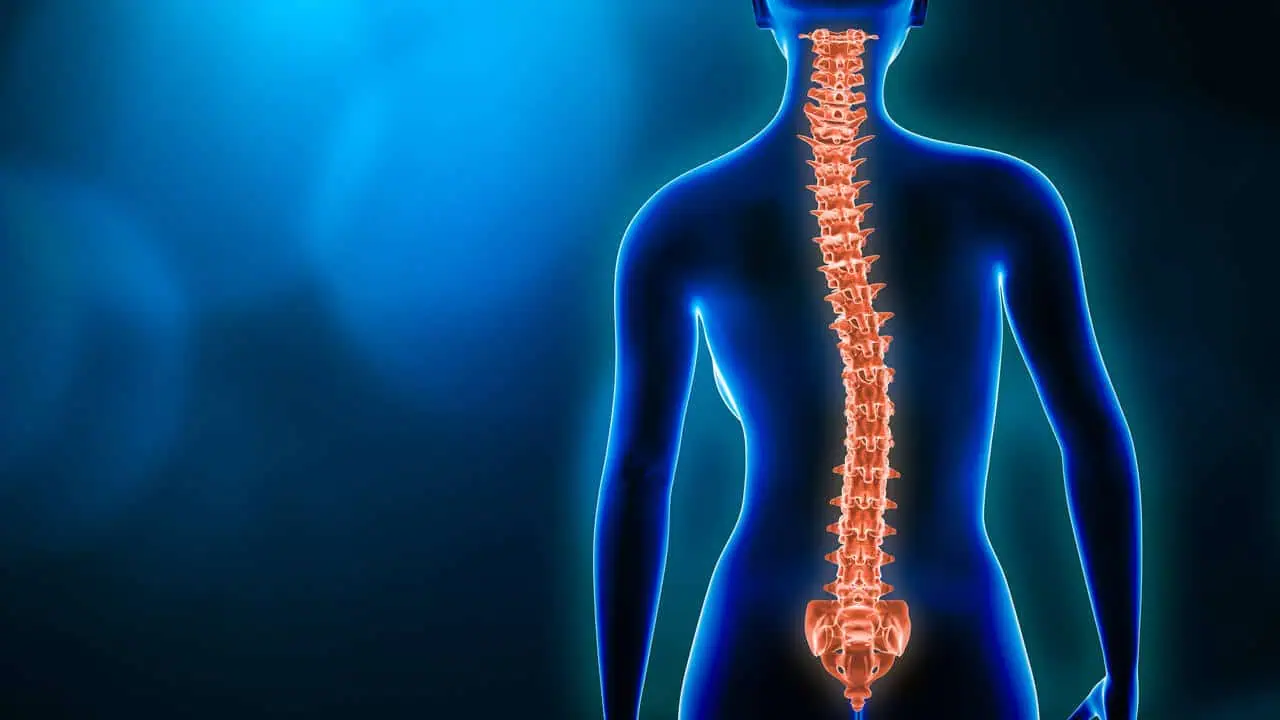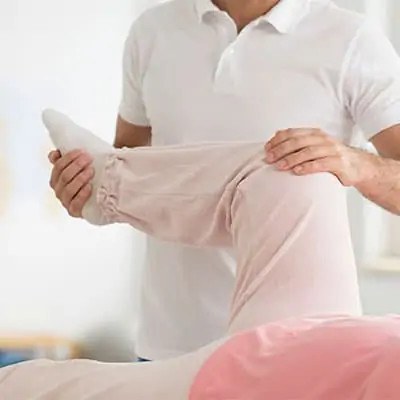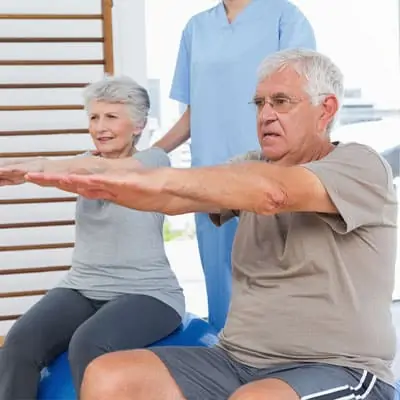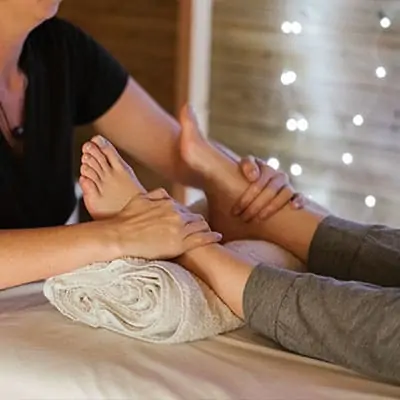Understanding Scoliosis
What is Scoliosis?
Scoliosis is a medical condition characterized by an abnormal lateral curvature of the spine. Instead of appearing straight when viewed from the back, a spine affected by scoliosis curves to the side, forming a “C” or “S” shape. This condition can affect individuals of all ages but is most commonly diagnosed during adolescence. Scoliosis can vary in severity from mild to severe, and its progression can impact overall health and quality of life.
Scoliosis can be classified into different categories based on its cause and characteristics. Understanding these types can help in identifying the most appropriate scoliosis treatment options.
Types of Scoliosis
There are several types of scoliosis, each with distinct features and underlying causes. Knowing the type of scoliosis can aid in determining the best course of action for management and care. Here are the primary types:
| Type of Scoliosis | Description |
|---|---|
| Idiopathic Scoliosis | The most common type, accounting for about 80% of cases. The exact cause is unknown, but it is believed to be influenced by genetic factors. It is further categorized by age: infantile, juvenile, adolescent, and adult. |
| Congenital Scoliosis | Present at birth, this type results from malformations of the spine during fetal development. These structural abnormalities can lead to a curvature of the spine as the child grows. |
| Neuromuscular Scoliosis | Associated with neurological or muscular conditions such as cerebral palsy, muscular dystrophy, or spinal cord injury. The spine curves due to muscle imbalance and weakness. |
| Degenerative Scoliosis | Also known as adult-onset scoliosis, this type occurs due to the degeneration of the spinal discs and joints. It is commonly seen in older adults and can be linked to conditions like osteoporosis. |
| Functional Scoliosis | Unlike other types, the spine itself is normal in this case. The curvature arises due to an external factor, such as a difference in leg length or muscle spasms. Addressing the underlying issue often resolves the curvature. |
For more detailed information on these types, visit our article on scoliosis types.
Identifying the type of scoliosis is crucial for scoliosis diagnosis and subsequent management. Understanding the nuances of each type can guide you in seeking the most effective treatments and improving your overall well-being.
Risk Factors for Scoliosis
Understanding the risk factors associated with scoliosis can help in early detection and management. Several factors can increase the likelihood of developing scoliosis, including genetic predisposition, age and growth factors, and gender differences.
Genetic Predisposition
Genetics plays a significant role in the development of scoliosis. If you have a family history of scoliosis, you may be at a higher risk of developing the condition. Studies suggest that certain genes may influence the likelihood of developing scoliosis, although the exact genetic mechanisms remain unclear.
| Family History | Risk Increase |
|---|---|
| No family history | Baseline risk |
| One parent with scoliosis | 20% increase |
| Sibling with scoliosis | 30% increase |
For more details on the genetic aspects of scoliosis, you can explore our article on scoliosis causes.
Age and Growth Factors
Age and growth spurts are crucial factors in the development of scoliosis. The condition often manifests during periods of rapid growth, such as adolescence. Monitoring your child’s growth and being aware of any changes in posture or spinal alignment is essential.
| Age Group | Risk Peak |
|---|---|
| Childhood (0-10 years) | Low risk |
| Adolescence (10-18 years) | High risk |
| Adulthood (18+ years) | Low risk |
To understand more about scoliosis in different age groups, visit our articles on scoliosis in children and scoliosis in adults.
Gender Differences
Gender differences also play a role in scoliosis risk. Females are more likely to develop scoliosis compared to males, particularly during adolescent growth spurts. The reasons for this disparity are not entirely understood but are believed to be related to hormonal and growth rate differences.
| Gender | Risk Level |
|---|---|
| Male | 0.5-1.0% |
| Female | 1.5-3.0% |
For more information on how scoliosis affects different genders, check out our article on scoliosis awareness.
Recognizing these risk factors can aid in early detection and appropriate management of scoliosis. For further insights into identifying and managing scoliosis, see our articles on scoliosis diagnosis and scoliosis management.
Identifying Scoliosis
Recognizing scoliosis early can make a significant difference in managing and treating the condition. Being aware of the signs and symptoms, as well as the diagnostic methods, is crucial.
Signs and Symptoms
Scoliosis often develops gradually, and the signs may not be immediately obvious. Here are some common indicators to watch for:
- Uneven shoulders
- One shoulder blade more prominent than the other
- Uneven waist
- One hip higher than the other
- Leaning to one side
For a more detailed overview of symptoms, visit our article on scoliosis symptoms.
In some cases, you may experience pain or discomfort. This can be due to muscle strain or imbalance. To understand how scoliosis can cause pain, check our page on scoliosis pain.
Diagnosis Methods
Diagnosing scoliosis involves a combination of physical exams and imaging tests. The following methods are commonly used:
-
Physical Examination: Your doctor will check for asymmetry in your shoulders, hips, and rib cage. They may ask you to bend forward to better observe the curvature of your spine.
-
X-rays: These provide a clear image of your spine and help measure the degree of curvature. X-rays are essential for confirming the diagnosis and monitoring the progression of scoliosis.
-
MRI or CT Scan: These imaging tests are less common but may be used if there are concerns about underlying conditions or complications.
| Diagnosis Method | Purpose |
|---|---|
| Physical Examination | Initial assessment for asymmetry |
| X-rays | Confirm diagnosis and measure curvature |
| MRI or CT Scan | Detailed imaging for underlying conditions |
For more information on diagnosing scoliosis, visit our article on scoliosis diagnosis.
Early identification and regular monitoring are key to managing scoliosis effectively. Learn more about scoliosis screening to ensure timely intervention.
Impact of Scoliosis
Scoliosis, characterized by an abnormal curvature of the spine, can have significant implications on various aspects of your life. Understanding these impacts is crucial for managing the condition effectively.
Physical Consequences
The physical consequences of scoliosis can vary depending on the severity of the curve and the specific type of scoliosis you have. Common physical symptoms include:
- Pain and Discomfort: Many individuals with scoliosis experience chronic pain, particularly in the back, shoulders, and neck. This can be due to muscle strain, nerve compression, or uneven pressure on the spine.
- Reduced Mobility: Severe curvature can limit your range of motion, making it difficult to perform everyday activities.
- Breathing Difficulties: In cases where scoliosis affects the thoracic spine, it can reduce lung capacity and lead to breathing issues.
- Postural Changes: Noticeable changes in posture, such as uneven shoulders or hips, can occur. These changes can also lead to muscle imbalances and further physical discomfort.
| Physical Consequence | Description |
|---|---|
| Pain and Discomfort | Chronic pain in back, shoulders, and neck |
| Reduced Mobility | Limited range of motion |
| Breathing Difficulties | Reduced lung capacity |
| Postural Changes | Uneven shoulders or hips |
For more information on the signs and symptoms, visit our article on scoliosis symptoms.
Emotional and Psychological Effects
Living with scoliosis can also have emotional and psychological impacts. These may include:
- Self-Esteem Issues: Visible changes in posture and body shape can affect your self-esteem and body image.
- Social Anxiety: Concerns about appearance or physical limitations may lead to social anxiety or withdrawal from social activities.
- Emotional Distress: Chronic pain and mobility limitations can contribute to feelings of frustration, sadness, or depression.
- Stress and Anxiety: The need for ongoing medical care and potential surgical interventions can cause significant stress and anxiety.
| Emotional/Psychological Effect | Description |
|---|---|
| Self-Esteem Issues | Affected self-esteem and body image |
| Social Anxiety | Withdrawal from social activities |
| Emotional Distress | Feelings of frustration, sadness, or depression |
| Stress and Anxiety | Stress from medical care and potential surgeries |
It’s important to address both the physical and emotional aspects of scoliosis. Support groups, counseling, and psychological therapy can be beneficial in managing the emotional toll of the condition. For further resources on treatment options, visit our page on scoliosis treatment.
Understanding the full scope of scoliosis’ impact can help you take proactive steps in managing your condition. Regular monitoring and follow-up with healthcare professionals, along with physical therapy and lifestyle modifications, can improve both your physical and emotional well-being.
Treatment Options for Scoliosis
When diagnosed with scoliosis, understanding the available treatment options is crucial for managing the condition effectively. The primary treatments for scoliosis include observation and monitoring, bracing, and surgical intervention.
Observation and Monitoring
For mild cases of scoliosis, particularly those detected early, doctors may recommend a period of observation and regular monitoring. This approach is often employed for curves less than 20 degrees. Regular check-ups are essential to track the progression of the curve and determine if more aggressive treatment is needed.
Key aspects of this approach include:
- Regular X-rays to monitor the curvature
- Physical exams to assess any changes
- Discussion of symptoms and daily impact
| Curve Severity | Monitoring Frequency |
|---|---|
| Mild (10-20 degrees) | Every 6 months |
| Moderate (20-40 degrees) | Every 4-6 months |
| Severe (40+ degrees) | As recommended by physician |
Bracing
For moderate scoliosis, particularly in children and adolescents who are still growing, bracing is a common treatment. Braces do not cure scoliosis but can prevent further curvature as the child grows.
Different types of braces are designed to be worn for varying durations, often between 16 to 23 hours a day. Bracing is typically recommended for curves between 20 and 40 degrees.
Types of braces include:
- Rigid braces
- Soft braces
- Nighttime braces
For more detailed information on the types of braces, you can visit our article on scoliosis brace.
| Curve Severity | Bracing Duration |
|---|---|
| Moderate (20-40 degrees) | 16-23 hours per day |
| Severe (40+ degrees) | As recommended by physician |
Surgical Intervention
For severe cases of scoliosis, surgical intervention may be necessary. Surgery is generally considered when the spinal curve is greater than 45 degrees and continues to progress despite other treatments. The primary goal of surgery is to correct the curve and stabilize the spine.
Common surgical procedures include:
- Spinal fusion: Fusing two or more vertebrae together to prevent further curvature.
- Rod placement: Inserting metal rods to support and straighten the spine.
Surgery involves significant recovery time and carries potential risks, so it’s typically reserved for cases where the benefits outweigh the risks. It’s crucial to discuss the options thoroughly with your healthcare provider.
| Curve Severity | Surgical Recommendation |
|---|---|
| Severe (45+ degrees) | Recommended if progressing |
Understanding these treatment options can help you make informed decisions about managing scoliosis. For more information on scoliosis treatments, you can visit our article on scoliosis treatment.
Preventative Measures and Management
Managing and preventing scoliosis involves a combination of lifestyle changes, physical activities, and consistent monitoring. These measures can help you maintain a healthy spine and potentially reduce the progression of scoliosis.
Lifestyle Modifications
Adopting certain lifestyle modifications can play a significant role in managing scoliosis. Maintaining a healthy weight, ensuring proper posture, and avoiding activities that strain your back can help in preventing the worsening of the condition. Creating an ergonomic workspace and using supportive furniture can also contribute to better spinal health.
Exercise and Physical Therapy
Engaging in regular exercise and physical therapy can be beneficial for scoliosis management. Specific exercises can strengthen the muscles around your spine, improve flexibility, and reduce discomfort. Physical therapy tailored for scoliosis can provide you with targeted exercises to address your specific needs.
Common exercises for scoliosis include:
- Stretching exercises: To improve flexibility and reduce stiffness.
- Strengthening exercises: To build muscle strength around the spine.
- Aerobic exercises: To enhance overall fitness and well-being.
For more information on exercises specific to scoliosis, you can refer to our articles on scoliosis exercises and scoliosis physical therapy.
Regular Monitoring and Follow-Up
Consistent monitoring and regular follow-up with healthcare professionals are vital for managing scoliosis effectively. Periodic check-ups can help track the progression of the condition and make necessary adjustments to your treatment plan.
Regular monitoring methods include:
- X-rays: To assess the curvature of the spine.
- Physical examinations: To evaluate posture and spinal alignment.
- Scoliometer: To measure the angle of trunk rotation.
For more on monitoring techniques, visit our page on scoliosis screening.
| Monitoring Method | Frequency |
|---|---|
| X-rays | Every 6-12 months |
| Physical Exams | Every 3-6 months |
| Scoliometer | As needed |
By incorporating these preventative measures and management strategies, you can take proactive steps to manage scoliosis and maintain a healthy spine. Explore more about scoliosis prevention and scoliosis management for additional tips and guidance.











